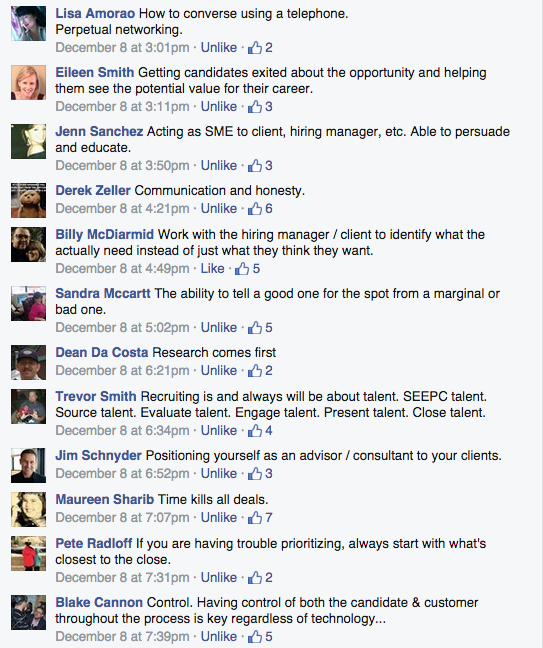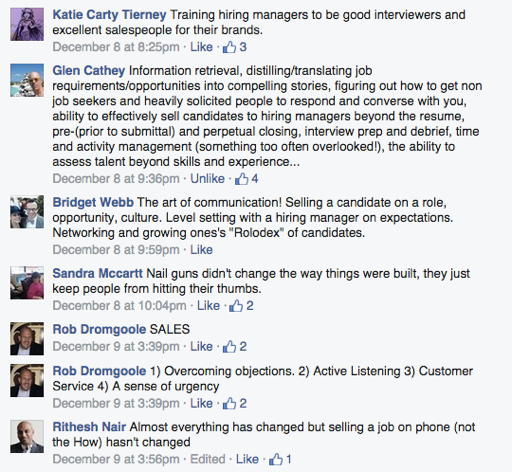 I’m addicted to crime fiction. My favorite character is Harry Bosch, the LA Detective who is the protagonist of many of Michael Connelly’s novels.
I’m addicted to crime fiction. My favorite character is Harry Bosch, the LA Detective who is the protagonist of many of Michael Connelly’s novels.
The passage below is from the fourth book in the Harry Bosch Series, The Last Coyote. In this scene, Bosch is looking through evidence from a thirty-five year-old murder and reflecting on how homicide investigation has changed, yet stayed the same.
Of course, there had been incredible technological advances in the last thirty-five years but he believed there were some things that were always the same and always would remain the same. The legwork, the art of interviewing and listening, knowing when to trust an instinct or a hunch. Those are the things that didn’t change, that couldn’t.
Upon reading this, I immediately thought that the same thing could be said about the recruiting profession. Talent acquisition technology is constantly evolving. Every time we turn on our computers, we read about a new addon, Chrome extension, aggregator, or some other tool that promises to make us more efficient recruiters and sourcers. The problem is that talent acquisition leaders and practitioners are becoming too reliant on technology (yes, the “SourceCon guy” just said that!) while forgetting to maintain a constant focus on the true art of recruiting – those things that haven’t changed in the last thirty-five years.
What are the truths of recruiting that haven’t changed in the last thirty-five years?
I decided to get feedback from members of the Recruiters Online Facebook group about this topic.
Don’t get me wrong… I love sourcing technology and we all need to know how to take advantage of the latest tools. Just don’t forget how to sell a job, manage a client, and close a deal in the process.
What would you add to this conversation? Let us know in the comments below.

